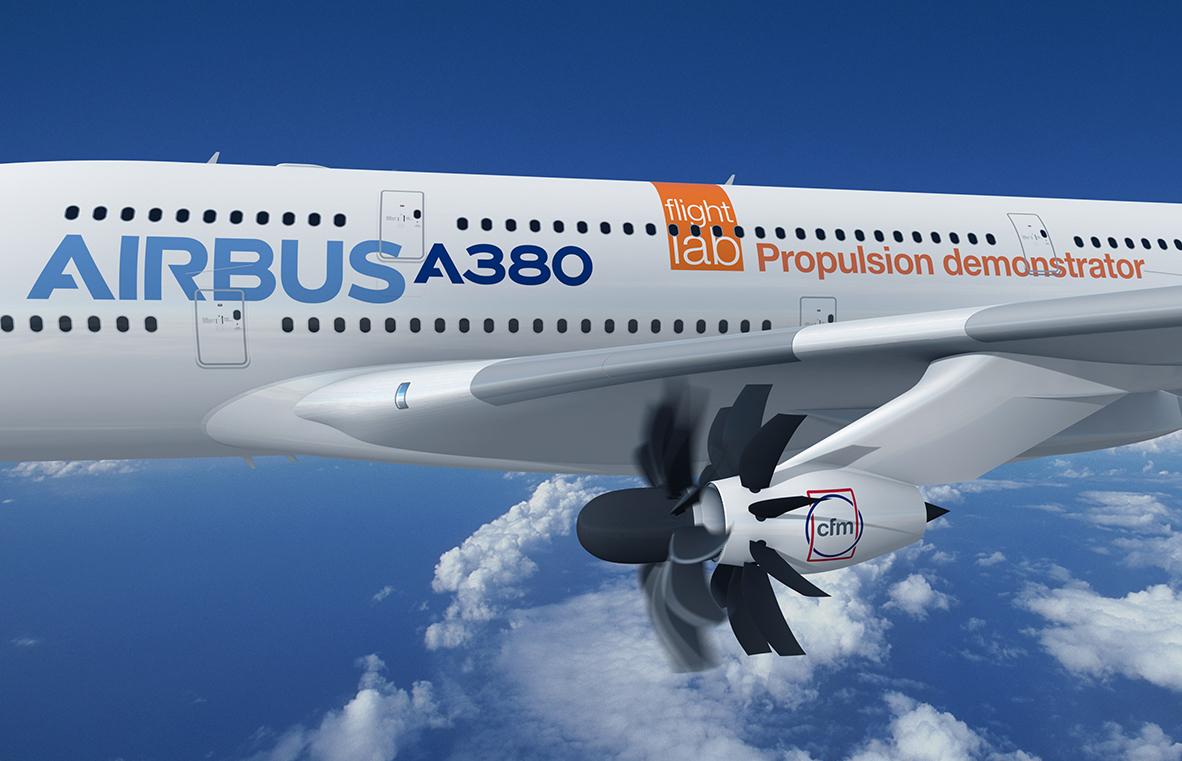
Credit: Airbus
FARNBOROUGH—CFM International has agreed with Airbus to flight-test the open fan propulsion system being developed under the engine-maker’s Revolutionary Innovation for Sustainable Engine (RISE) program on the A380. CFM, the joint venture between GE and Safran Aircraft Engines, says the flight-test...
Subscription Required
This content requires a subscription to one of the Aviation Week Intelligence Network (AWIN) bundles.
Schedule a demo today to find out how you can access this content and similar content related to your area of the global aviation industry.
Already an AWIN subscriber? Login
Did you know? Aviation Week has won top honors multiple times in the Jesse H. Neal National Business Journalism Awards, the business-to-business media equivalent of the Pulitzer Prizes.

